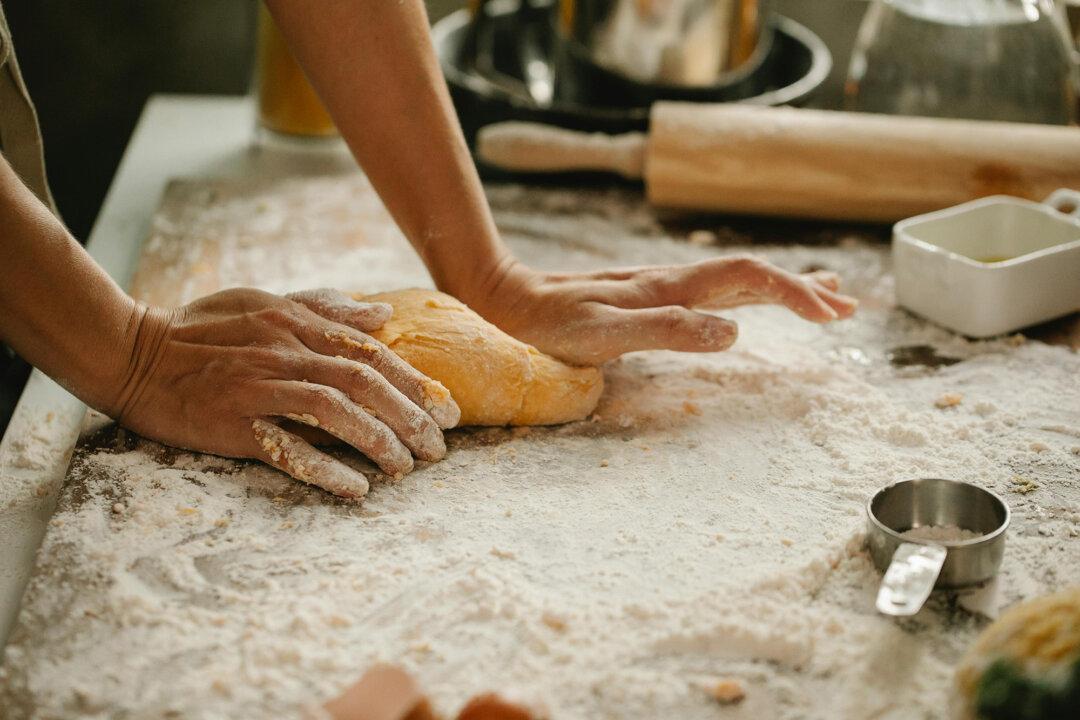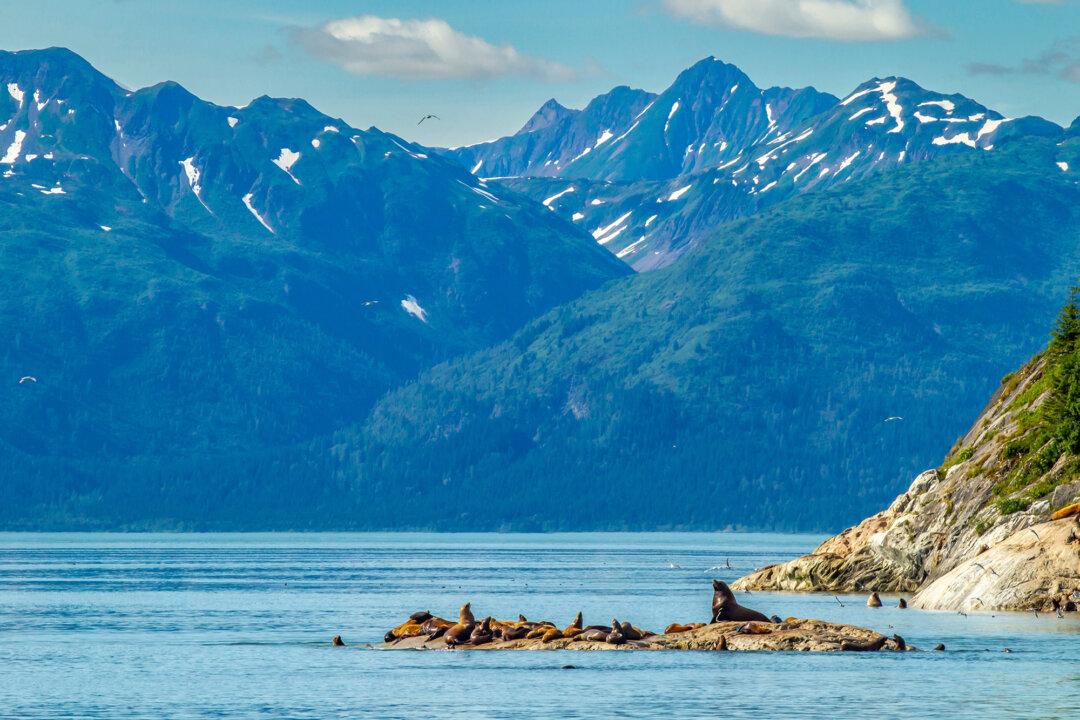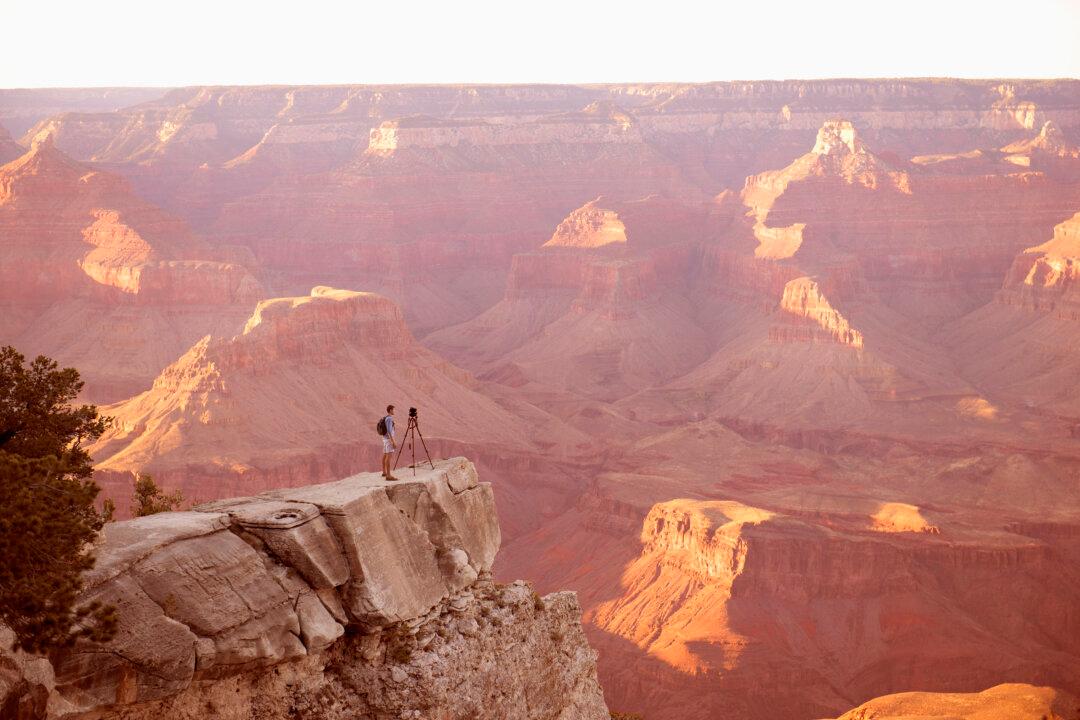“Standing dead,” Don Honea tells me.
He laughs—Native humor is very dry—because he is standing, clearly not dead, in the dim light of a Yukon River salmon smokeshack, holding up a five-foot cottonwood log that is indeed dead. It’s the only wood they cut to smoke their salmon catch, and the gnarled, musty aroma of generations of cottonwood fires seeps from the pores of the smokeshack timbers and varnishes the tin siding. The precision of Honea’s smoke-wood prescription reflects not just how deeply held this tradition is, but how important salmon is in the vast natural empire known as Alaska.





